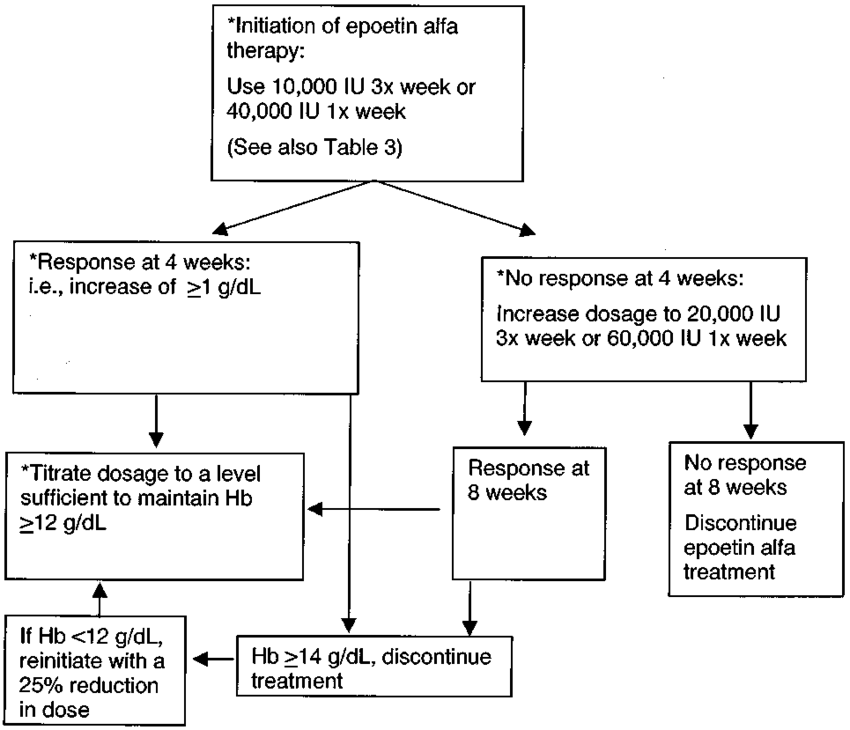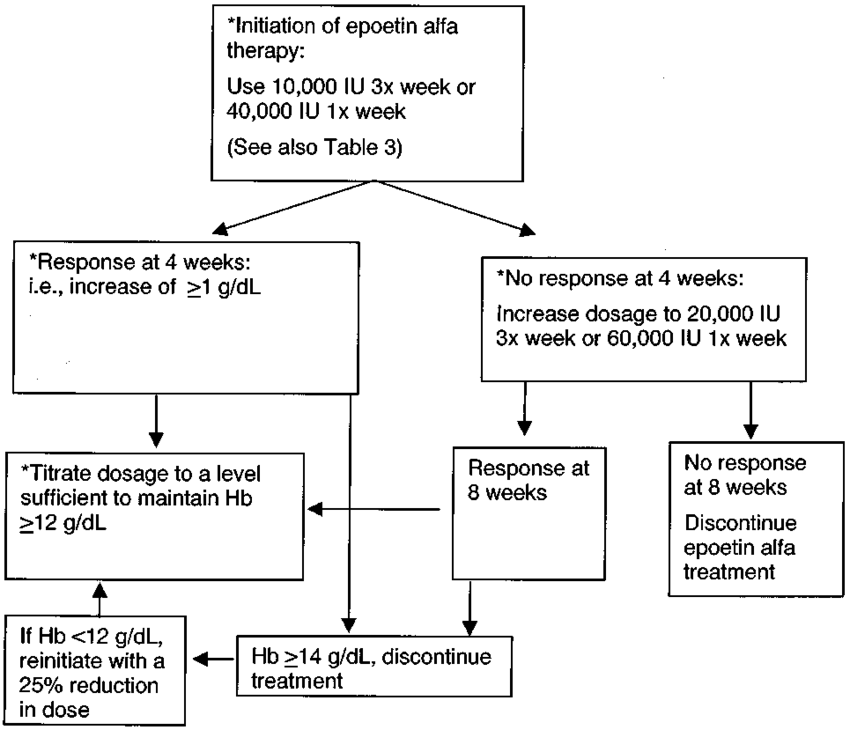
Fibromyalgia is a disease long misunderstood and in fact, its symptoms were discounted and dismissed for years as a product of the patients’ imagination, or hypochondria. The disease was not named until 1976, although the symptoms of fibromyalgia have been chronicled since Biblical times. The symptoms include an increased sensitivity to pain and touch, generalized muscle and nerve pain, body aches, fatigue, depression, sleeplessness, dizziness, numbing, headaches, sensitivity to light and sound, memory lapses, and sometimes even irritable bowel syndrome. Fibromyalgia patients do not always report all of the same symptoms, and will report them to greater and lesser degrees.
Medical science still has discovered no one proven cause for fibromyalgia. Many potential factors have been cited as possible reasons for this disease. These factors have included a weakened immune system, toxic buildup in muscle tissue, food allergies, nutritional imbalance, chemical imbalance in the brain, low serotonin levels, repetitive stress injuries, whiplash injuries, or viral infection. Some theories promote a conclusion of genetic defect.
A person suffering with fibromyalgia faces a life of often debilitating or disabling pain and discomfort. While the disease is not terminal, it is definitely life-altering. Fibromyalgia quite often affects its victim mentally as well as physically, especially when considering how difficult it is to diagnose. There is no test for it, so it simply has to be diagnosed through ruling out all other possible illness.
Because there is not yet a definitive cited cause for fibromyalgia, there is no cure and treatments for it vary widely.
Conventional medicine has had a tough time with treating fibromyalgia. Physicians commonly prescribe antidepressants and pain medications, as well as muscle relaxants, anti-inflammatory medicines, and sleep aids.
Alternative medicine must approach fibromyalgia by treating the individual symptoms as well.
There are four herbal remedies which have been reported as being especially helpful in fibromyalgia cases: hyperacum (commonly called St. John’s Wort), arnica, bryonia, and rhus toxicodendron.
St. John’s Wort is a common herbal remedy for depression and anxiety. Arnica treats inflamed joints and muscle pain. Bryonia alba is also used for muscle pain or sciatica, and rhus toxicodendron is used topically as an external analgesic.
Vitamins and minerals are commonly reported as crucial in treating fibromyalgia. The nutrients are essential for promoting muscle health. Experts say the patient must carefully balance the ratio of potassium to calcium. To absorb the nutrition, the patient will need manganese, zinc, and magnesium. Other necessary vitamins are E, B1, B2, and B3.
Some fibromyalgic sufferers have reported great success with chiropractic treatment and/or massage therapy.
Chiropractic treament has been shown in many studies to be widely effective in treating the chronic pain of fibromyalgia sufferers. This is probably because of the ability of chiropractic manipulation to increase blood flow to muscles and joints, as well as to increase range of motion and allow the patient to move and exercise. Chiropractic treatment also contributes to the production and release of the body’s natural pain killers, endorphins, from the pituitary glands.
It seems a natural conclusion that in a condition where muscle pain and aches are involved, massage would provide some relief. Various trigger points can be relieved and soothed with the increase in blood circulation provided through massaging the tissues.
Acupuncture and/or acupressure have shown some effectiveness with many fibromyalgia patients. The idea is to release the patient’s endorphins by blocking pain impulses from getting to the brain. Acupuncture has also been shown to increase encephalin and serotonin levels which are also chemicals that decrease the feeling of pain. Also, any treatment which increases blood circulation, such as acupuncture does, will positively affect the health of a sufferer’s muscle tissue.
Hot and cold treatments are often used on fibromyalgia patients as well. Muscle pain caused by tension is often relieved by soaking in a warm bath or using a heating pad, while cold packs can be used in cases of inflammation or for an anesthetic “numbing” effect. To avoid spasming, neither heat nor cold treatments should be used for over twenty minutes at one time.
Low impact aerobic exercise such as a vigorous walk a few times a week has been proven beneficial to most fibromyalgia patients. The release of endorphins seems to be the most common thread among fibromyalgia patients reporting treatments most beneficial to them, and the most effective method to release them is simple exercise. Patients relate it can be difficult to get started with an exercise program,due to the general all-over feeling of weakness they suffer; however once started it proves invaluable.
Patients are advised to take “baby steps”– start slowly in the exercise program, do not expect too much at first. Stretch before and after exercise. Apply heat or soak in a tub afterwards if your muscles are aching. Do not start out trying to do too much at once. It can become too discouraging to cause severe pain by doing more than your body is ready for.
In conclusion, the fibromyalgia sufferer must listen to his body more than the average person. Treat yourself to that massage now and then. Pamper yourself and rest when you need to, but take care of those muscles and keep moving them. Pay attention to your nutrient intakes through food and supplements — and you just may begin to feel better!



